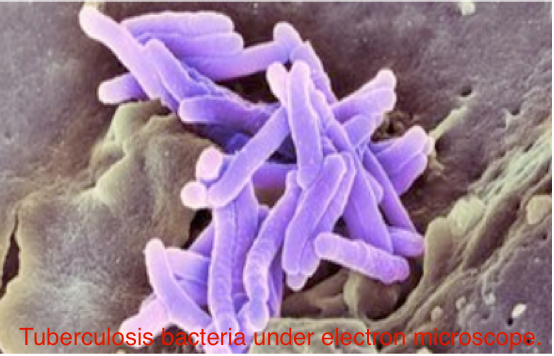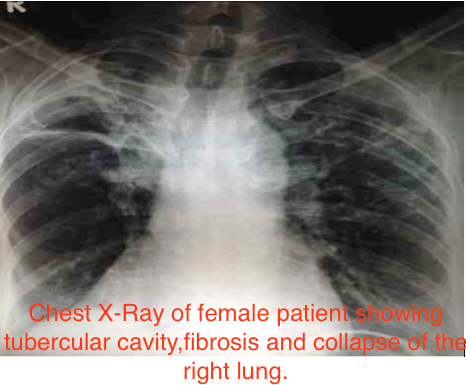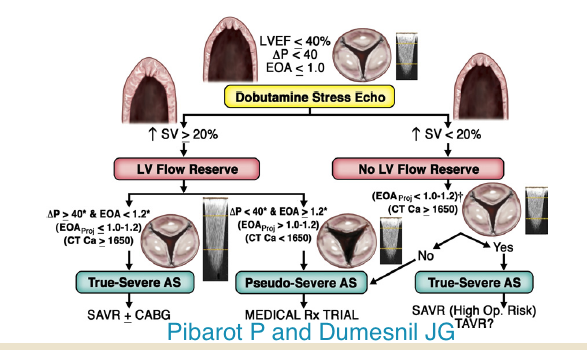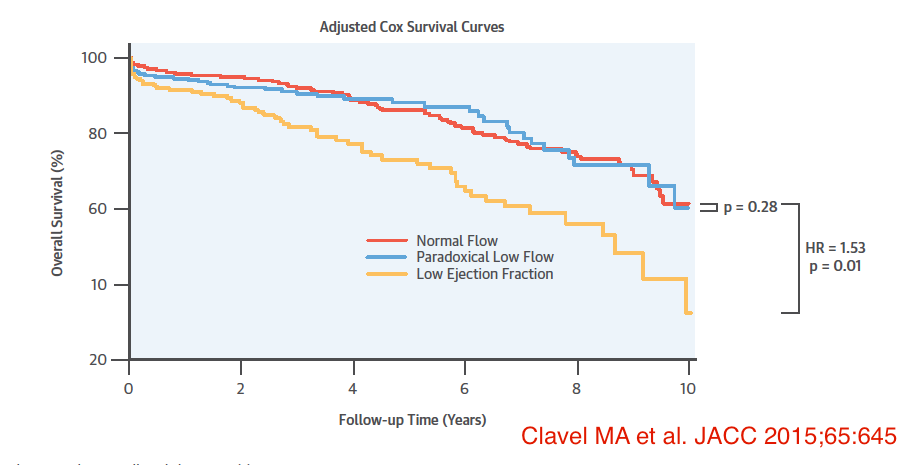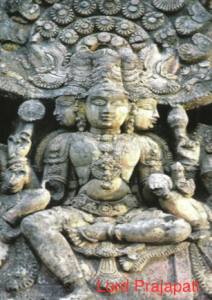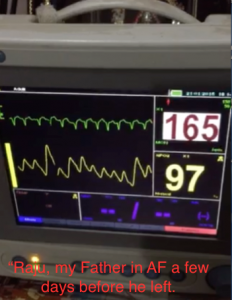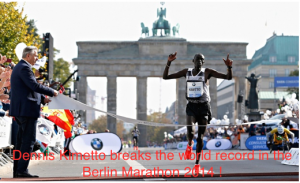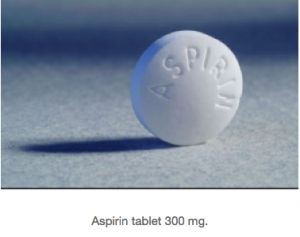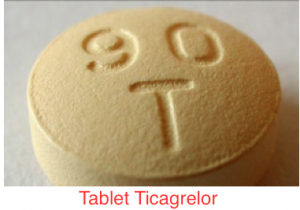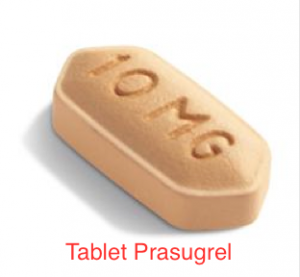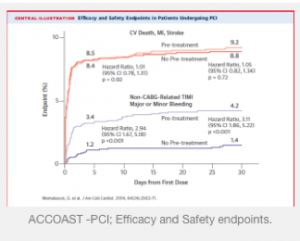

The recently concluded European Society of Cardiology 2014 Conference (one of the largest cardiology meetings in the world) in Barcelona, Spain was dazzled by a striking study that showed dramatic efficacy of an experimental drug in patients with heart failure. The new drug, with the tonguetwisting name of ‘LCZ696’, reduced both deaths due to cardiovascular disease and hospitalization due to heart failure in patients already prescribed standard life saving medication by a whopping 20%. This study (PARADIGMHF) included more than 8000 heart failure patients (1). Heart failure affects more than 26 million (260 lakh) people globally and is the leading cause of hospitalization in Europe and the US. A patient with heart failure is unable to pump blood adequately to different organs of the body, because of a weakened heart due to a variety of reasons such as heart attack and hypertension. This leads to breathlessness, tiredness, salt retention, and swollen feet and eventually, if not treated, death. The new drug has therefore created a buzz among physicians across the world; but it will cost around $ 2,500 annually as opposed to $ 50 a year spent on available heart failure medicines. It will be therefore a multi-billion dollar bonanza for the drug company that has made the new drug ‘LCZ696’. Fiscal profit, albeit justifiable, is the driving force behind pharmaceutical research for new drugs. There have been hundreds of rigorously controlled randomized trials on drugs and devices in cardiovascular disease; acute heart attack in fact is not only the most extensively studied disease in the world but has also turned into a multi billion dollar industry. There is, however, sparse randomized data on the role of diet in prevention of heart attack and stroke. The public is repeatedly bombarded with anecdotal or observational nutritional information on prevention of cardiovascular disease.
Continue reading “TIME WE RESPECTED NUTS.”

